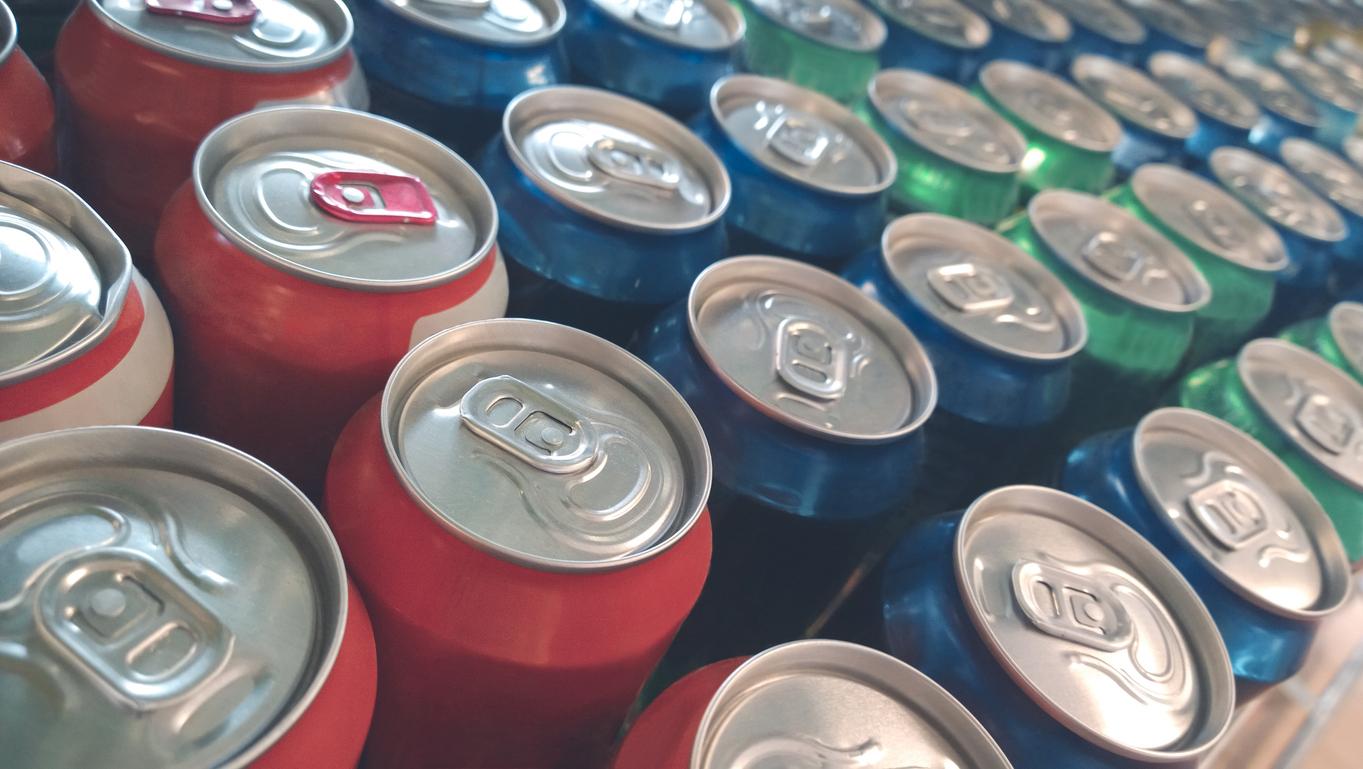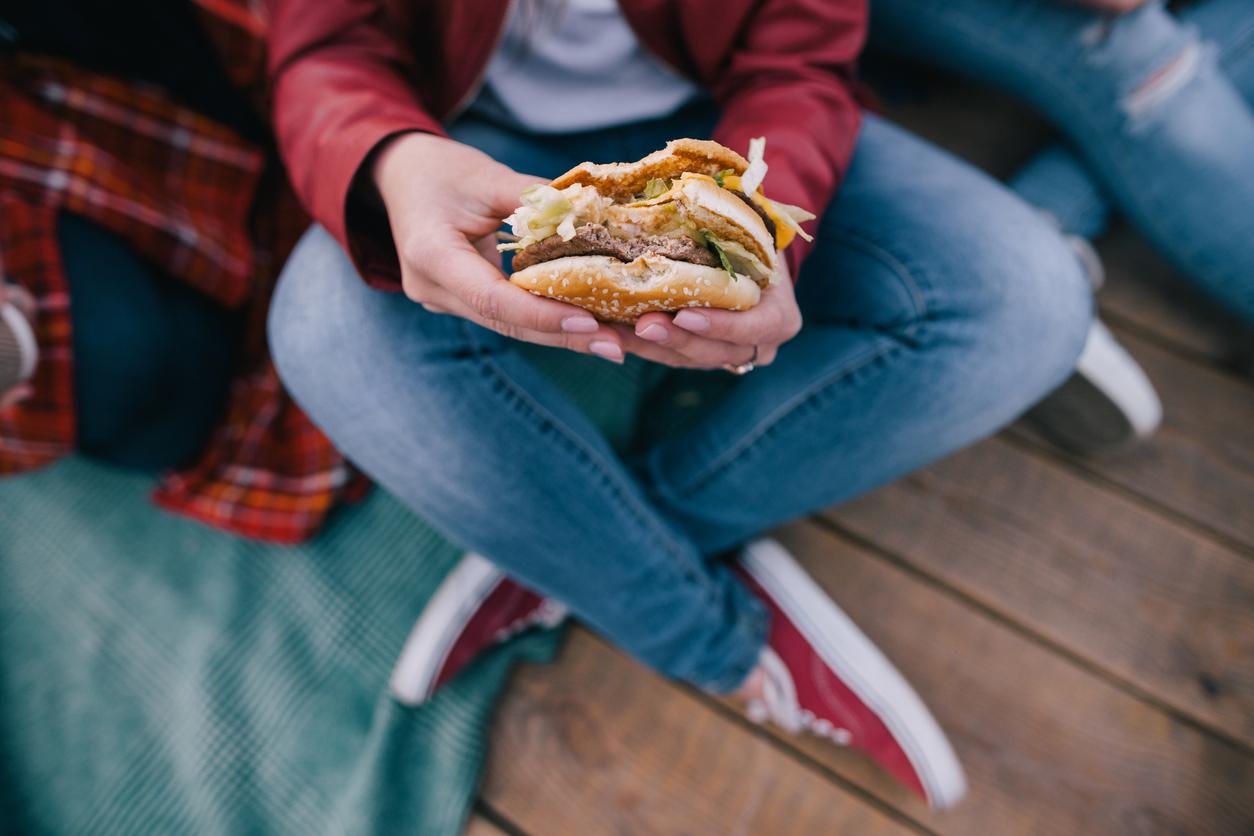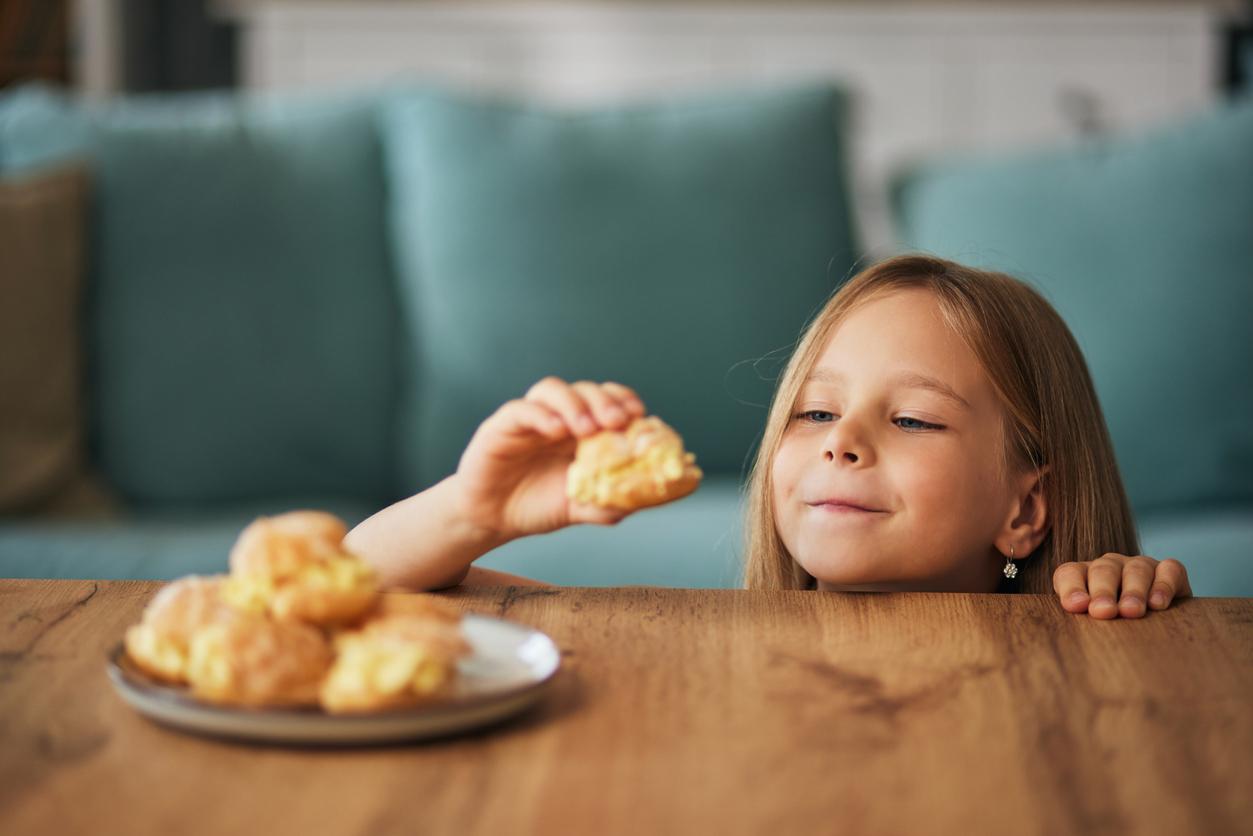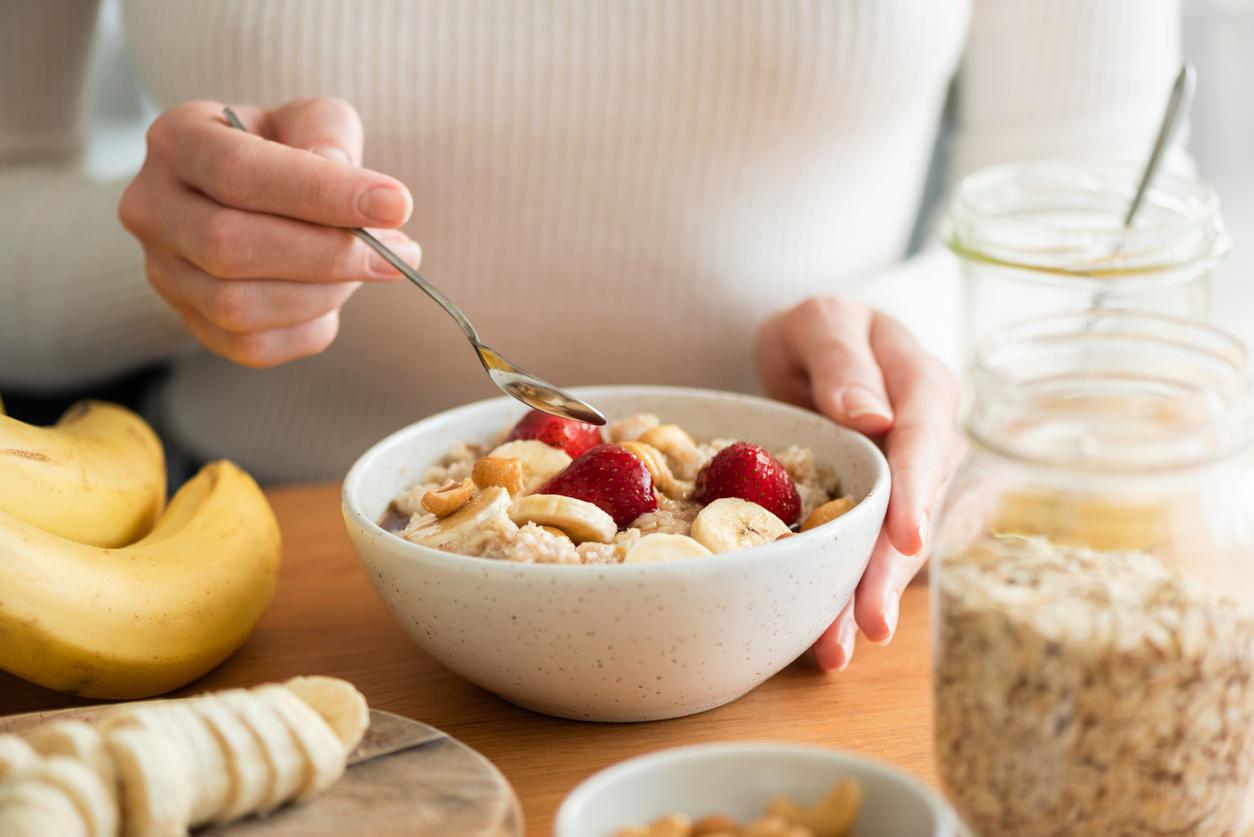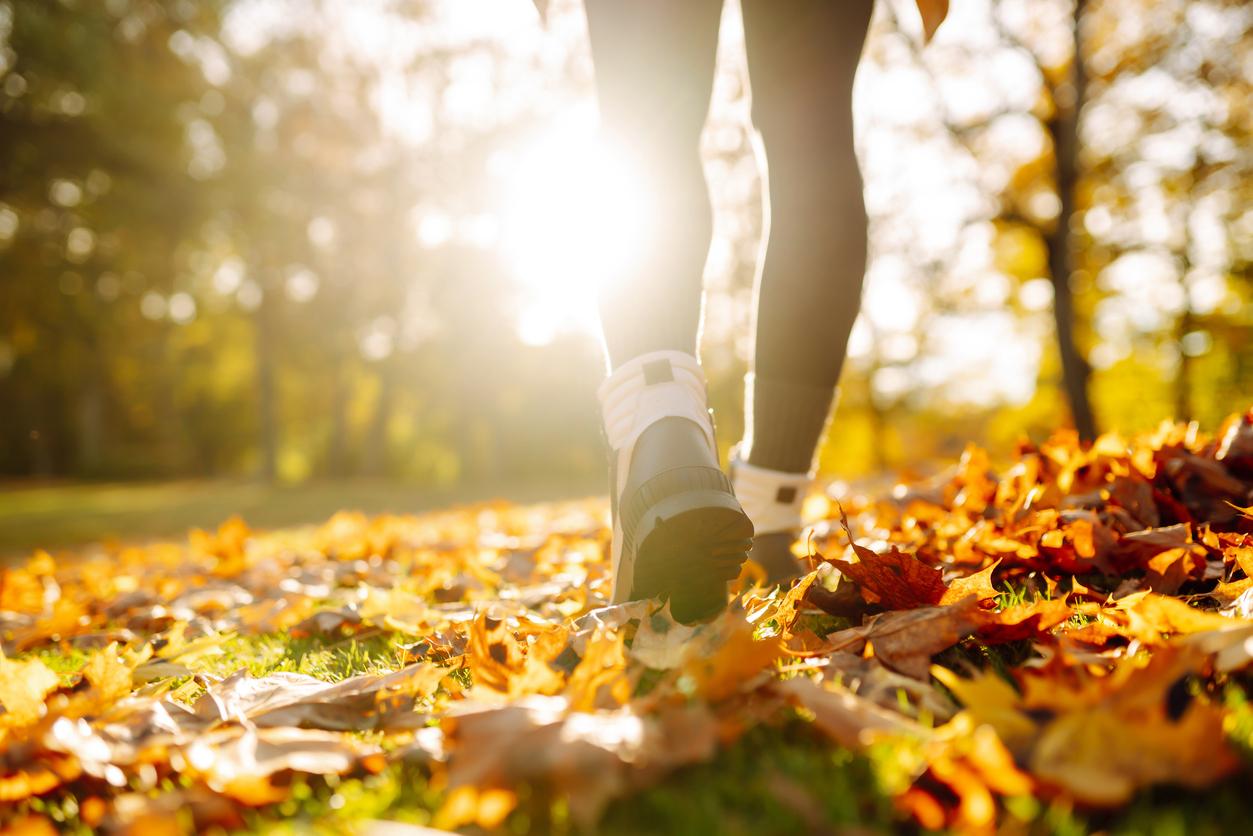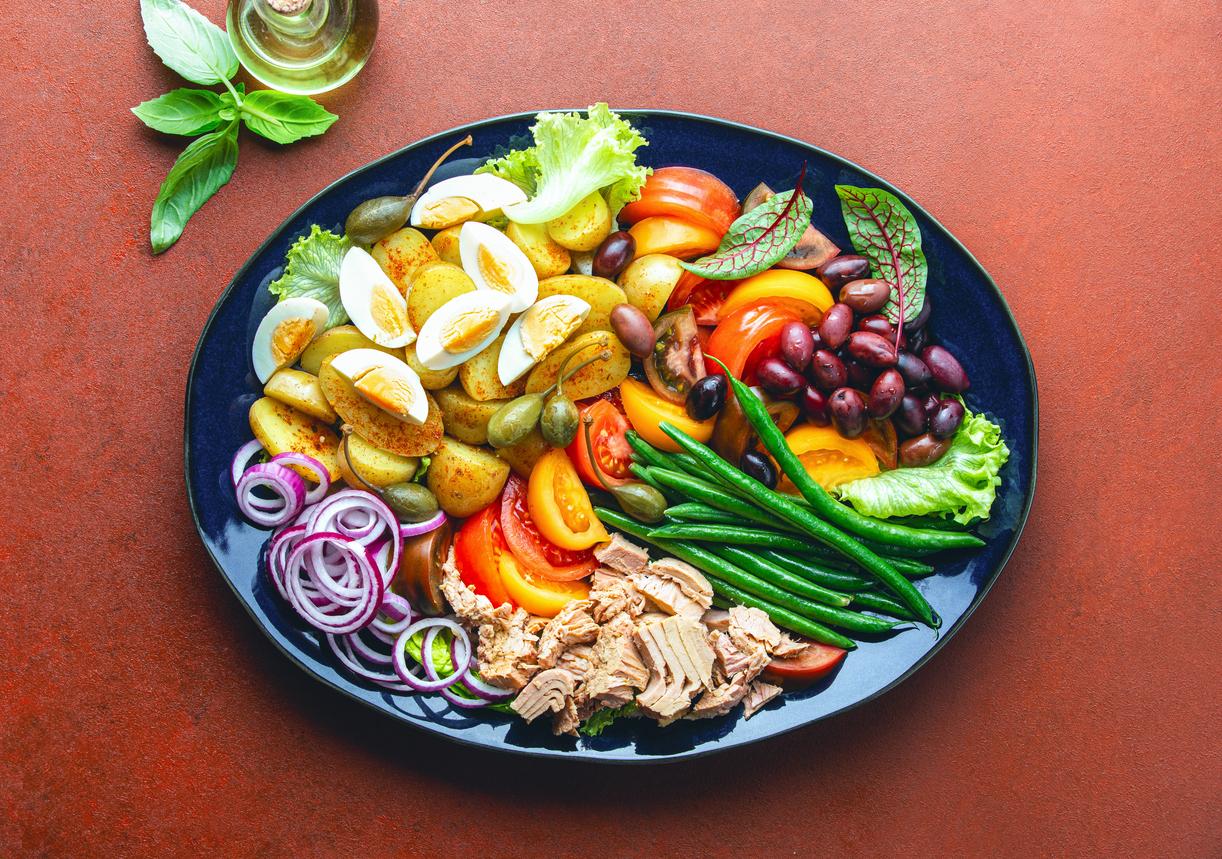Spending time in nature generally brings about positive emotions and a sense of well-being, but it also encourages you to choose healthier foods.

- In one study, 70% of participants chose healthier snacks after walking in a park, compared to 39% of urban walkers.
- After looking at a green landscape, they also had a clear preference for healthier food choices.
- “Food marketers could use natural visual cues to promote healthy or natural products,” according to the authors.
Walking in a garden, a park, a meadow or a forest or simply seeing green landscapes from a window influences food choices. This was recently revealed by researchers from Southern Methodist University (United States) and Sorbonne University/INSEAD (France).
A preference for healthier foods after being exposed to nature
To reach this conclusion, they recruited 3,726 people who were divided into two groups. Participants were randomly assigned to take a 20-minute walk in a park or through busy streets of Paris. Afterwards, all adults were offered a buffet of healthy and less healthy snacks. According to the results, published in the journal Communications Psychology, the volunteers ate roughly equal amounts. However, people exposed to a natural environment showed a clear preference for healthier choices: 70% of their choices were healthier snacks, compared to just 39% for urban walkers.
In another experiment, adults were placed in simulated “hotel rooms” with different window views: a green pasture, a city street, or an empty wall with closed curtains. They were asked to choose lunch from a room service menu, including healthy and unhealthy main courses, drinks and desserts. The results were similar to the first experiment: volunteers with a nature view opted for healthier options, while those with an urban or obscured view showed less healthy preferences.
Cafeteria: “Images of nature to encourage students to opt for healthier choices”
According to the authors, not all natural environments have the same effect. The liveliness and level of greenery of the environment could play a role. For example, when snow covers natural or urban views, the landscape does not influence food choices. “Schools, businesses, and other organizations could use images of nature in cafeterias to encourage students and employees to opt for healthier choices. Food marketers could use natural visual cues to promote healthy or natural products”, concluded the team.







